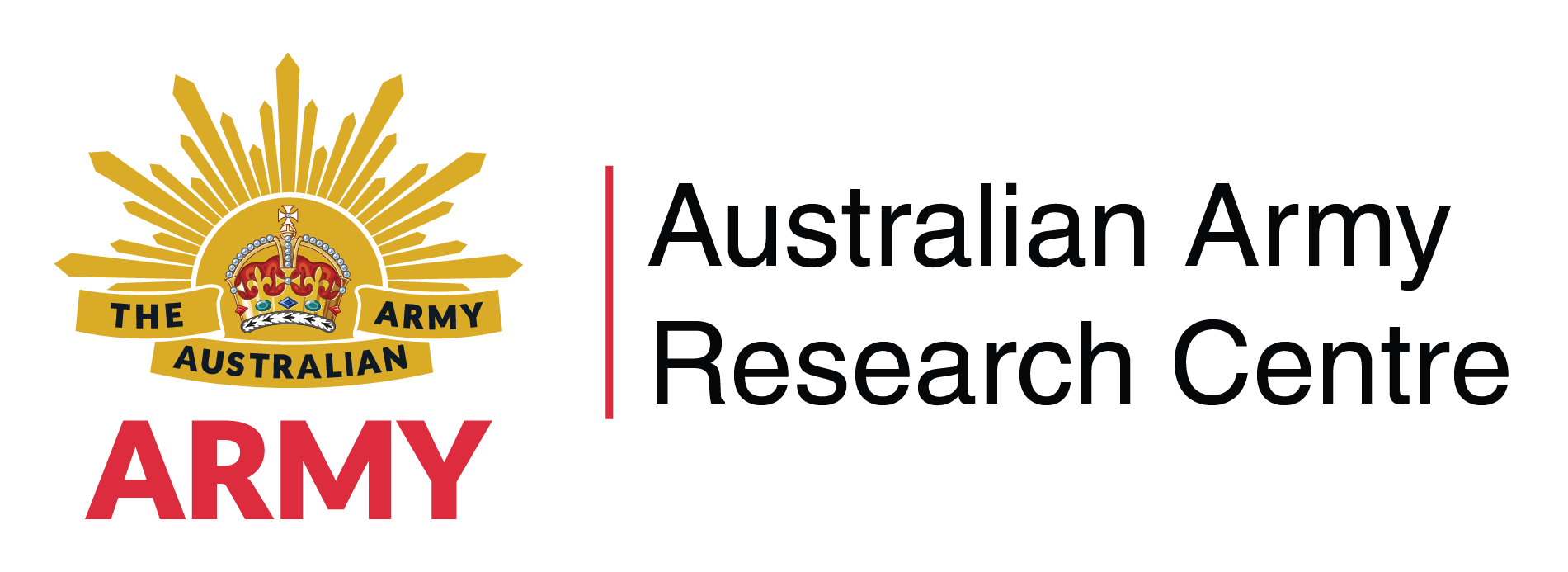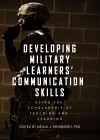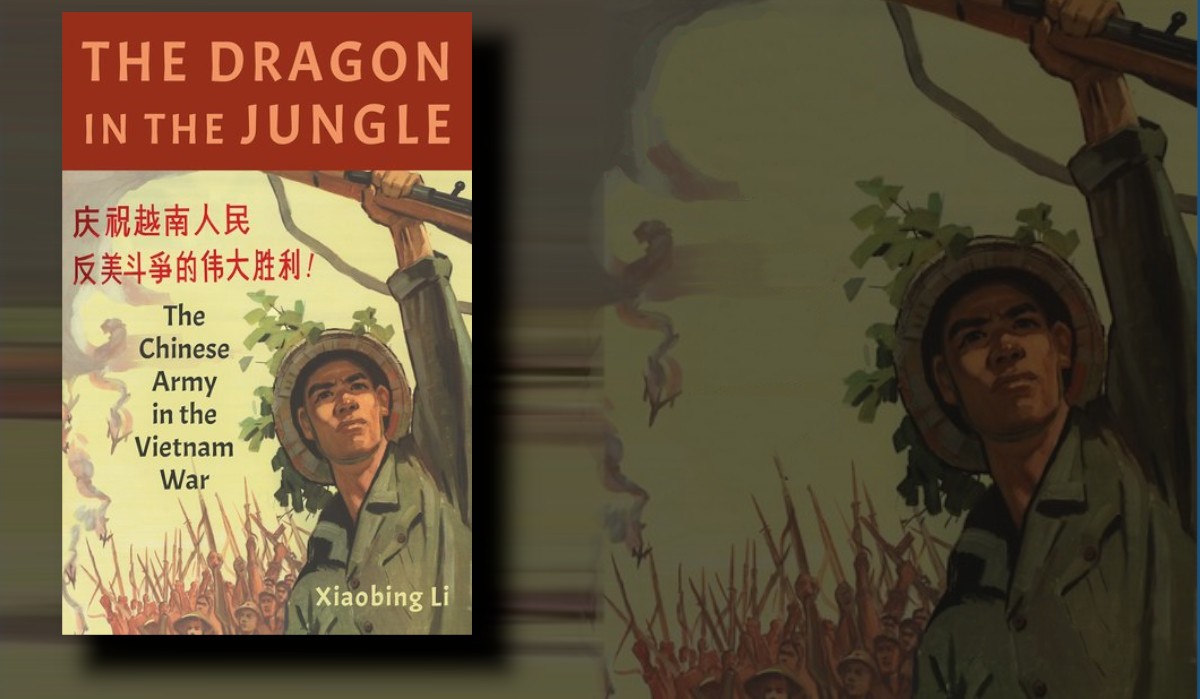Air University Press, 2022, 91 pp
Paperback ISBN: 978158566319
PDF ISBN: 9781585663200
Edited By: Megan J Hennessey, PhD
Reviewed By: Jodie Lording
Developing Military Learners’ Communication Skills Using the Scholarship of Teaching and Learning, edited by Megan J Hennessey, is a timely and insightful collection focused on communication instruction of officers within the United States’ (US) system of professional military education (PME). The volume persuasively argues for a more deliberate, evidence-informed approach to developing military learners’ writing, reading, and critical thinking skills. While the case studies are firmly rooted in the US context, the challenges and insights presented are certainly relevant to military education practitioners and learning designers here, in Australia.
The volume originates from the Joint PME Scholarship of Teaching and Learning (JSOTL) Forum—now known as the Military SoTL Forum—and brings together contributions from US PME educators engaged in empirical inquiry into learning design and delivery. While the book does not present the scholarship of teaching and learning (SoTL) as a formal theoretical framework, its ethos is clearly present: contributors pose researchable questions, trial teaching interventions, assess student outcomes, and reflect critically on results. This collection of studies reflects SoTL’s core commitment to improving education through systematic, scholarly engagement with real classroom challenges. [1]
In her introductory essay, Hennessey charts the institutional history of communication education in PME and frames the volume as a response to both policy direction and critical commentary. She points to the long-standing expectation for military leaders to be skilled communicators, and traces its evolution from 19th-century Prussian models through to contemporary US service academies. Crucially, she grounds the book in the wake of former US Secretary of Defense, James Mattis’s 2018 National Defense Strategy, which criticised PME for having ‘stagnated, [and being] focused more on the accomplishment of mandatory credit at the expense of lethality and ingenuity.’[2] Hennessey argues that this assessment catalysed a re-evaluation of PME quality and effectiveness. Echoing this critique, journalist Tom Ricks went further, observing that ‘many officer students at the war colleges and the staff colleges can’t write, don’t read, and resent attempts to make them think.’[3] The book responds directly to such concerns, presenting practical, research-informed efforts to revitalise communication instruction as a core component of PME reform.
This volume does not offer a ready-made curriculum or a prescriptive model for PME. Rather, it delivers a series of empirically grounded, practitioner-led case studies. The contributors span the full PME landscape, offering insights into curriculum design, assessment practices, reading diagnostics, scaffolding of research writing skills, and feedback systems. Collectively, these chapters explore the full cycle of communication skill development—from diagnostic entry testing to formative feedback and final assessment.
One of the volume’s most compelling contributions is Andrea Hamlen-Ridgely’s chapter on demystifying the research paper. Drawing on a pilot intervention program which seeks to prepare students for research paper writing at the Marine Corps University, she unpacks the challenges faced by students unfamiliar with academic discourse and the often-unspoken assumptions of scholarly writing. Her study acknowledges the tensions between military expectations and academic norms, particularly the power disparity between student and professor and the difficulties faced by students in engaging with academic genres as ‘outsiders’. Although her study ultimately falls short due to a mismatch between the design of the intervention and the students’ actual preparedness to engage in research paper, it offers significant insight. Hamlen-Ridgely convincingly argues that writing research papers benefits students’ development in synthesising ‘all elements of their strategic thinking concisely, coherently, and comprehensively in a manner appropriate for the intended audience and environment’.[4] In an Australian context, similar techniques are in use at the Australian War College, particularly within the Staff College and Strategic Studies courses. Yet, Hamlen Ridgley’s observations raise the question of whether research-based communication skills are being introduced early enough across the Total Workforce (TWF). These findings should prompt further consideration for their integration in generalist promotion courses at the O3 (captain) and O4 (major) levels across the ADF’s three services.
Brandy Jenner’s chapter on the ‘Military Graduate Student Reading’ (M-GSR) diagnostic tool represents another innovative intervention. This assessment mechanism, developed to replace a century-old standard testing regime at the US Army War College, evaluates vocabulary and comprehension skills in the context of military graduate study. Jenner’s approach treats reading as a foundational intellectual discipline, directly tied to success in PME. At present, there is no known Australian equivalent. While international students at the Australian War College undertake English language testing, domestic students are assumed to possess adequate literacy for graduate-level study. This assumption may mask hidden challenges that only emerge after deficiencies are identified through the assessment process. A similar diagnostic tool in the Australian context—adapted for joint PME and reflective of our doctrinal language—could identify at-risk learners early and better target support interventions.
The volume’s treatment of instructional design is also notable. Chapters by Denman and Chung, and by Jeffrey Turner, explore how assignment sequencing and learner motivation shape communication skill development. Turner’s framing of writing as ‘design thinking’ is particularly apt, offering a conceptual model that aligns well with the ADF’s broader emphasis on innovation and problem-solving. His approach shifts writing from being a measure of strategic thinking to a means of developing it—an idea that could usefully inform assessment design within Australian PME.
Equally valuable are the discussions of feedback culture. Stase Wells promotes trust-based, dialogic feedback mechanisms, while Jacqueline Whitt advocates for structured writing conferences. Both types of intervention challenge the traditional academic and military organisation feedback models, which tend to be hierarchical and evaluative. In an Australian setting, the new approaches offered here could inform enhancements to academic support practices, especially for students from non-traditional or international backgrounds.
While the book frequently refers to pedagogy, many of the approaches described align more closely with andragogical principles—that is, methods tailored to adult learners. These include fostering learner autonomy, drawing on professional experience, and situating learning in practical, mission-oriented tasks. A more explicit engagement with this distinction could have clarified the learning models at work and reinforced the maturity and complexity of the PME learner cohort. That said, it is reasonable to assess that the author directed this book towards US military adult education practitioners, as the primary (or only) audience, who deeply understand the organisational context for the studies discussed.[5]
Thus, the volume’s key limitation is its US-centric focus. The institutional, cultural, and educational contexts described are specific to the US military education system. Australian readers will need to consider how these lessons might translate within our own structures—particularly given the integration of military and civilian accreditation pathways and the ADF’s joint training focus. Moreover, the book’s exclusive focus on officer PME overlooks a significant area of growth in Australia: the professional development of non-commissioned officers and warrant officers.
The strength of the book lies in its clear, practice-based orientation and its contribution to a growing body of defence education literature that treats learning as a scholarly and strategic endeavour. While some chapters rely more on reflective practice than robust empirical data, the volume as a whole, models how PME educators can engage with their own practice as researchers. It offers a starting point for further longitudinal studies, cross-national comparisons, and student-informed evaluations.
Developing Military Learners’ Communication Skills is a constructive and insightful resource for anyone involved in communication development in military education. It reminds readers that written and verbal fluency are not peripheral skills but central elements of professional mastery and leadership. For military educators, curriculum designers, and those involved in PME reform in the ADF, the book offers not only food for thought but also practical examples that could be trialled, adapted, and extended across our own institutions. It is strongly recommended for those seeking to strengthen the intellectual foundations of the profession of arms.
Endnotes
[1] The Scholarship of Teaching and Learning (SoTL) refers to a field of inquiry in which educators systematically investigate questions about student learning and teaching practices with the aim of improving educational outcomes. SoTL bridges disciplinary expertise with pedagogical research, encouraging instructors to move beyond intuition or anecdote and instead adopt evidence-informed methods that are shared through peer-reviewed dissemination. See Ernest L. Boyer, Scholarship Reconsidered: Priorities of the Professoriate (San Francisco: Jossey-Bass, 1990); Pat Hutchings, ed., Opening Lines: Approaches to the Scholarship of Teaching and Learning (Menlo Park, CA: Carnegie Foundation for the Advancement of Teaching, 2000); Kathleen McKinney, Enhancing Learning Through the Scholarship of Teaching and Learning: The Challenges and Joys of Juggling (San Francisco: Jossey-Bass, 2007); and Mary Taylor Huber, Balancing Acts: The Scholarship of Teaching and Learning in Academic Careers (New York: Routledge, 2023).
[2] Megan J. Hennessey, ed., Developing Military Learners’ Communication Skills Using the Scholarship of Teaching and Learning (Maxwell AFB, AL: Air University Press, 2022), 4.
[3] Hennessey, Developing Military Learners’ Communication Skills, 4.
[4] Hennessey, Developing Military Learners’ Communication Skills, 10.
[5] The term pedagogy originates from the Greek paidagogos, meaning ‘leader of children’, and traditionally refers to the theories and methods used in the instruction of children, where learners are seen as dependent on the teacher. Andragogy, a term popularised by Malcolm Knowles, refers to adult learning approaches that emphasise learner autonomy, the use of experience, and relevance to professional or real-world contexts. See Malcolm S. Knowles, The Modern Practice of Adult Education: From Pedagogy to Andragogy (New York: Cambridge Books, 1980); and Sharan B. Merriam and Laura L. Bierema, Adult Learning: Linking Theory and Practice (San Francisco: Jossey-Bass, 2014).



